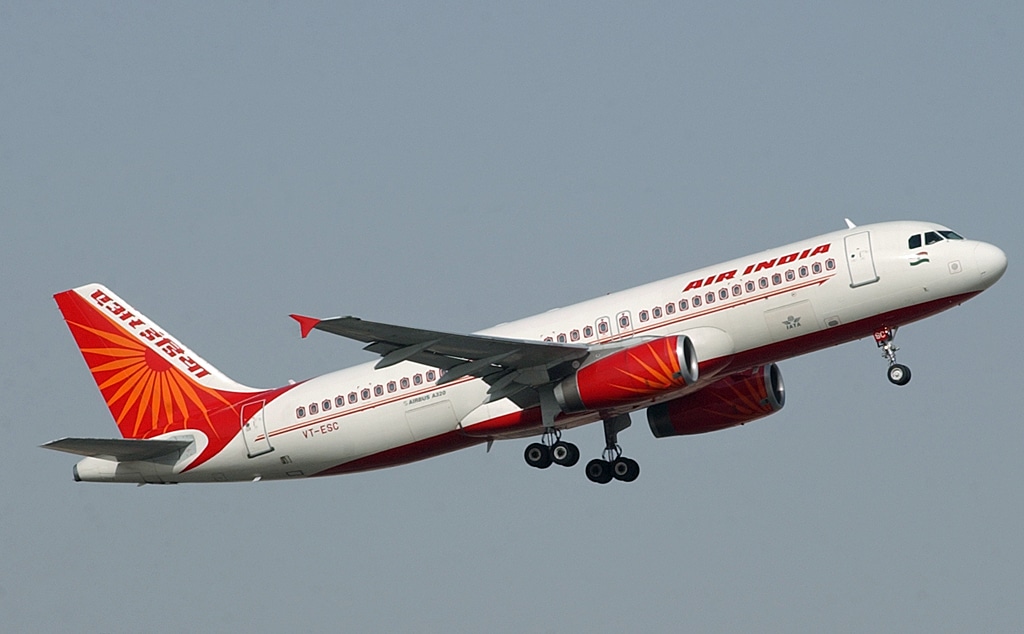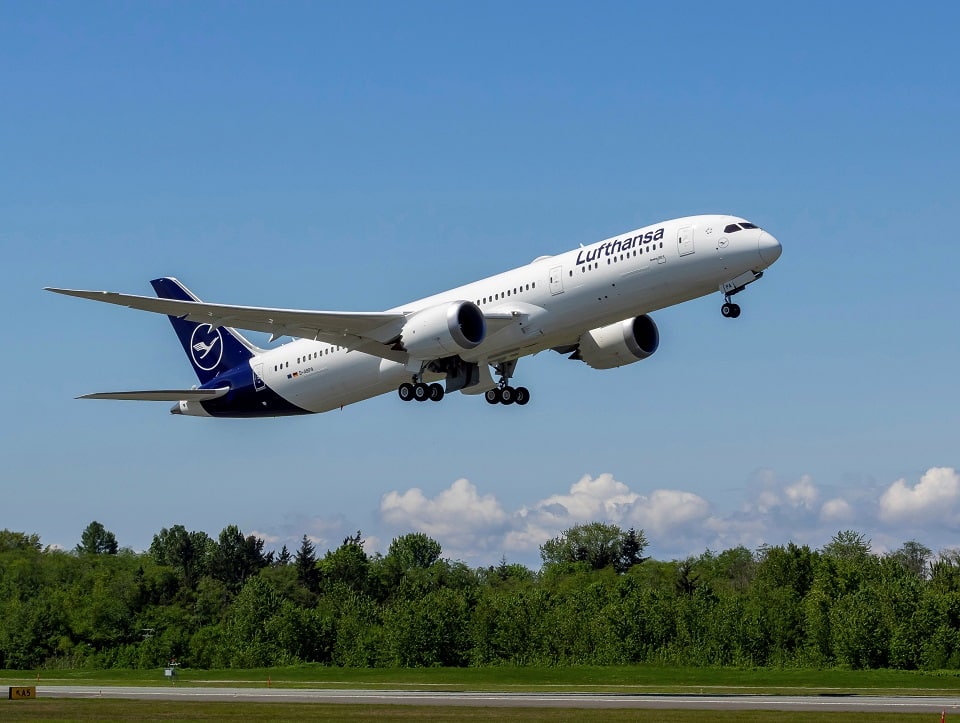Airlines
Air India invests $200M to expand digital capabilities

Leading Indian airline Air India, a Star Alliance member, today revealed significant progress in its efforts to modernize its digital system landscape, with many initiatives now finished and numerous more towards completion. Air India has made major expenditures to swiftly update its digital systems in close collaboration with the world’s top technology corporations with the goal of becoming the most technologically advanced airline in the world. With facilities in Silicon Valley, India’s Kochi, and India’s Gurugram, the airline is also investing in establishing a cutting-edge digital and technology team.
Every Vihaan.AI endeavor, from improving customer experience to revolutionizing revenue management, is essentially fueled by technology. The airline has already committed almost $200 million to the development of new digital systems, digital engineering services, and an industry-leading digital workforce.
The goal is to fundamentally change customer engagement and greatly increase operational efficiencies. In order to maintain its position as an industry leader over the long term, Air India is also looking into new trends, such as using quantum computing to address some of the most difficult optimization problems.
Some of the key areas where Air India has already deployed new technology systems or is in advanced stages of deployment are:
- Customer engagement: Modernization of websites and mobile apps, user-friendly customer notification systems, ChatGPT-driven chatbots, modernization of in-flight entertainment systems, customer service portals with real-time tracking of customer support requests, digital marketing, modernization of contact centres, disruption management and self-service accommodations, and customer feedback and analysis.
- Employee empowerment: Modern, secure digital workplace tools, employee engagement and self-service portals, mobile devices for pilots, flight attendants, and airport operations staff, learning and development tools, automated crew pairing and rostering, crew management, and crew disruption management, paperless transactions through digitization, and electronic contracts.
- Operational improvements: Modernised sales systems, engineering management systems, flight planning and tracking, aircraft movement management, disruption management, turnaround management, fuel management and sustainability, and safety Operational improvement management, and reporting systems are all examples of modern passenger service and departure control systems.
- Enterprise systems transformation: Modernization of the fundamental Enterprise Resource Planning (ERP) systems, transfer to the cloud, procurement, materials management, and digital infrastructure.
All of the group airlines, including the low-cost carriers, would gain from the modernization of the digital and technological landscape at Air India. Additionally, a focus is being placed on having shared world-class teams and common platforms across the full-service and low-cost segments in order to benefit from economies of scale and learning across all of the group airlines.

Airlines
German Carrier Lufthansa Plans for 20% Job Cuts in Administration

Lufthansa Airlines is reportedly planning significant job cuts in its administrative workforce. According to Manager Magazin, the German carrier intends to reduce administrative positions by 20% as part of its cost-cutting measures amidst an anticipated decline in earnings.
This reduction could impact approximately 400 jobs, the report revealed. While Lufthansa has not directly commented on the layoffs, the airline confirmed its goal of cutting administrative costs by 20% by 2028.
Russian Su-57 Fighter Secures First International Sale at Zhuhai Airshow
The strategy involves leveraging digital technologies, including artificial intelligence and automation. “A hiring freeze is currently in place for administrative roles at Lufthansa Airlines,” said a company spokesperson.
The staff reduction is expected to occur through natural attrition and age-related turnover, rather than forced layoffs. The internal projection cited by the magazine warns that Lufthansa could face an operating loss of €800 million ($843.92 million) by 2026 if no corrective measures are taken.
Lost Tool Found in Qantas A380 After 34 Flights
The report highlights the challenges companies face in aligning workforce requirements with current and future demands. Failure to adapt could necessitate drastic actions, such as restructuring and layoffs, which carry significant repercussions for both the organization and its employees.
As Lufthansa navigates these challenges, the airline appears committed to balancing cost efficiency with digital transformation to maintain its competitiveness in a rapidly evolving industry.
-

 Aviation2 months ago
Aviation2 months agoBoeing confirms 797: A New Era for Mid-Size Aircraft
-

 Aviation2 months ago
Aviation2 months agoMicrosoft Flight Simulator Raises $3 Million to Bring Back the An-225 Mriya
-

 Aviation2 months ago
Aviation2 months agoLockheed and Tata Team Up to Build C-130J MRO Facility in India
-

 Airlines2 months ago
Airlines2 months agoQantas Engineers Stage Walkout Over Cost of Living Concerns
-

 Airlines2 months ago
Airlines2 months agoQatar Citizens Can Travel to the United States Without a Visa
-

 Aviation2 months ago
Aviation2 months agoBoeing Offers 25% Pay Increase & Promise to Build Next Plane in Seattle
-

 Aviation2 months ago
Aviation2 months agoQatar Airways bans these new Electronic Devices on plane
-

 Airlines2 months ago
Airlines2 months agoEmirates Ends 28-Year Singapore-Melbourne Fifth Freedom Route








